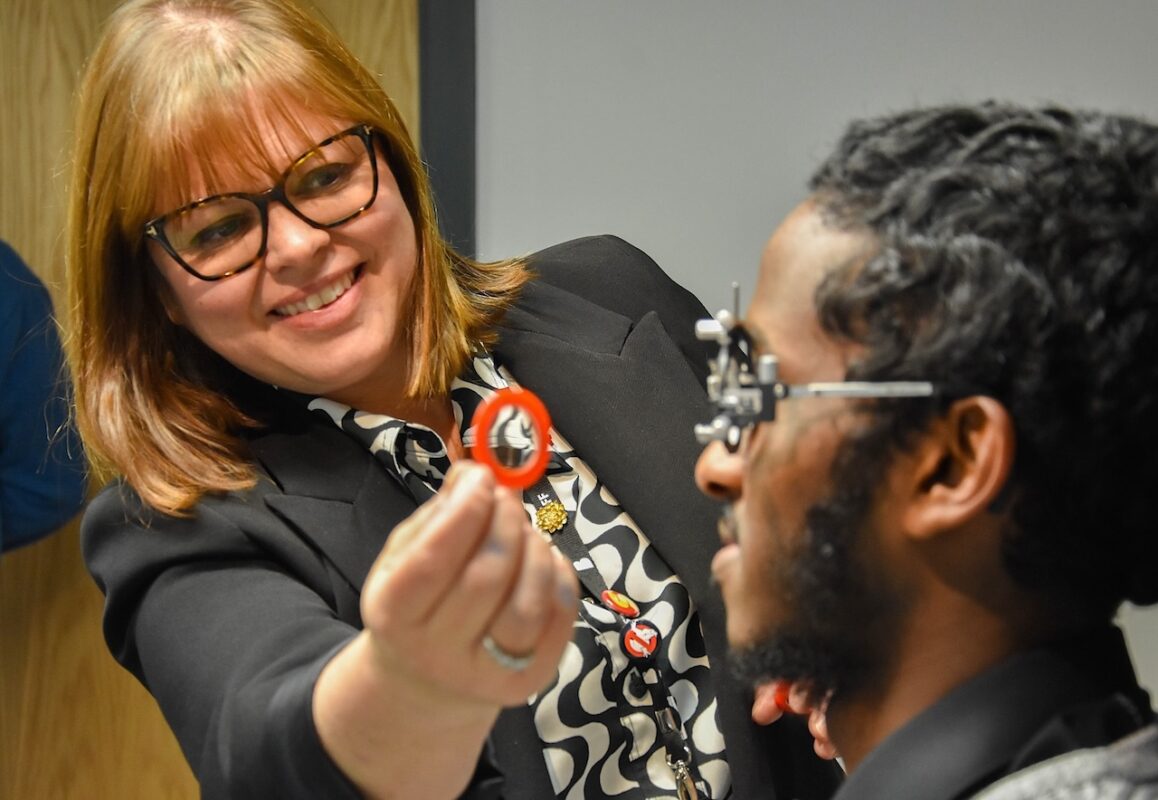Setting boundaries between you, as a personal tutor, and learners

When you are carrying out support, possibly with much of it on a one-to-one level, you are nurturing individual learners and you can be closely involved with their emotional well-being. Whilst this kind of support is undoubtedly what will make you most effective, it does come with a ‘health warning’.
It opens you up to the danger of getting ‘too close’ to the issues and by implication, at times, the learners themselves. Also, it can mean that your role feels as though it is crossing over into the realms of the social worker or counsellor. As one teacher said, ‘I have three roles in my classroom: teacher, parent and social worker. Sometimes, the actual teaching part is the least important of all’ (The Guardian, 2015, online). You may also be able to relate to this point from a head teacher, particularly if you have been in education for some time: ‘”We take away the barriers that are getting in the way of a child’s learning. A lot of the social-work stuff has been absorbed into the school day.”‘ (Bloom, 2014, p 26).
The health warning is for both sides; in other words, for the good and protection of both the learner and yourself. On the learner side, recognising boundaries can avoid over-dependency when the aim is to provide comprehensive support but at the same time get the learner to take responsibility and to be independent. On your side, boundaries can help in ‘looking after yourself’ and being able to compartmentalise the personal and professional which can be crucial when faced with learners with varied, complex and challenging issues.
It is necessary then, for you to know where support begins and where it ends. This is not always easy to establish and there will sometimes be subtle judgements to make. In our experience, when excellent individual and holistic support, which deals with underlying issues takes place, it can raise another set of concerns which can become further problems if certain boundaries are not recognised.
The key point and indeed is the over-arching rationale for setting boundaries is for the learner to take responsibility and to be independent. It is easy for support to slip unnoticed into becoming ‘doing everything for the learner’. However, the key purpose of good boundary setting is actually its opposite. Gomez et al (2004, p 483) state that ‘the caring work of teaching is premised upon having a reciprocal relationship between students and teachers’. We need to remember this reciprocity and that it’s a ‘two way’ relationship.
Good practice tips
We suggest the following good practice tips for setting boundaries with learners:
1. Set boundaries between yourself and learners at the beginning of their course, which should include expertise, temporal (time), behavioural and peer (it may help you if you change the wording of these boundary types to more student accessible language).
2. Revisit and reinforce these boundaries in group tutorials, one-to-ones and other support meetings.
3. To aid understanding and ownership, use open questions when having one to one conversations with learners about boundaries.
Activity
Think about a particular student of yours who you feel would benefit from having boundaries clarified to them. What boundary type(s) is it (are they)? How will you go about doing this?
Andrew Stork (pictured) is a marketing lecturer and teacher trainer who has co-responsibility for the personal tutoring and coaching of learners at The Sheffield College. He has a wide range of experience training, mentoring and supporting teachers and personal tutors as module leader on PGCE and certificate of education courses, as well as undertaking various curriculum leadership and quality roles.
Ben Walker has co-responsibility for the personal tutoring and coaching of learners at The Sheffield College and also teaches on PGCE and certificate of education courses. Prior to this he was a lecturer in English for several years before becoming head of department and an observer and has significant experience in supporting and training teachers and personal tutors.
The authors can be contacted via their websites: www.andrewstork.co.uk and www.benwwalker.co.uk
References
Aultman, L. P., Williams-Johnson, M. R. and Schutz, P. A. (2009) Boundary Dilemmas in Teacher-Student Relationships: Struggling with “The Line.” Teaching and Teacher Education, 25 (5): 636-646.
The Guardian (2015), Secret Teacher: I Feel Like More of a Social Worker Than a Teacher. [online]
Available: www.theguardian.com/teacher-network/2015/jan/10/secret-teacher-social-worker-emotional-students[10 November 2015].











Responses